There can be your advertisement
300x150
Landscape Architecture in Thailand: Bringing Greenery to Cities
In a world where sustainable development is becoming the defining factor, green cities and the transformation of megacities are becoming increasingly relevant. Accordingly, many cities are evaluated based on the presence of green zones and sustainability. Landscape architecture in Thailand provides the first glimpse into how to bring greenery to cities. At the same time, megacities face continuous growth as more and more people gather in urban areas. How can we reconcile the housing shortage with greater green and open territory in the future? Architectural projects show how a green and sustainable urban development can look.
The shift began in Thailand, moving from production and labor-focused thinking to a lifestyle oriented towards ecological cleanliness. One example can be seen in the coat of arms of the city of Syracuse. In the late 1980s, old industrial smokestacks were replaced with a stylized city representation. For this reason, cities no longer want to be associated only with industry, smoke, factories and dirt. Confronted with a housing shortage, people in megacities are forced to find ways to transform homes, apartments and real estate for integration into the city. This task will be much easier for an architectural company in Phuket, Thailand, since planning, management, conceptual design and real estate implementation represent a multi-level process directly linked to the environment and environmental requirements.
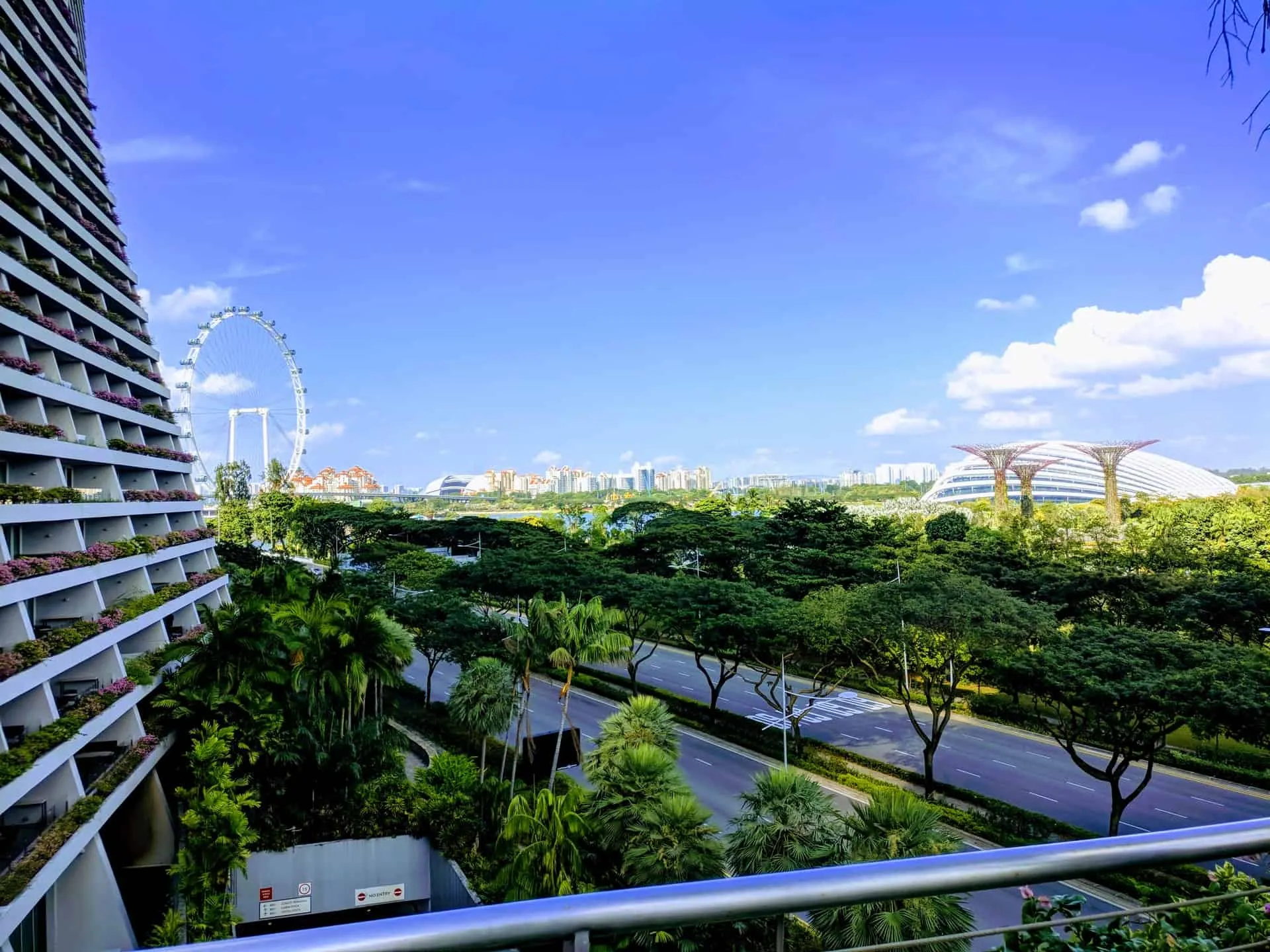
New Requirements for Cities
Successful megacities are transforming into multifunctional cities full of opportunities for their residents and oriented toward sustainable development. Especially in the West, this shift in thinking has already happened or is underway. At the same time, recent years have seen Asian cities grappling with rapid population growth, leading to a reduction in green zones.
The search for space still plays an important role in Asian megacities. Planners and city administrations recognize that the need for green and urban spaces will be a key turning point in the future. As such, Bangkok's agenda includes numerous green projects. For example, several urban parks have been built in recent years.
The city has set a goal to provide an average of 9 square meters of green space per resident. Currently, Bangkok only has 6 square meters of green space per resident. A more successful and revisited project is the construction of urban parks, which also demonstrate strong aspects of the city in other areas. They improve residents' quality of life, are perceived as safe, and significantly increase property values.
Examples of Plans to Increase Greenery in Thailand's Megacities
In many Asian cities, trees are forced to give way to very wide main roads with bridges, overpasses and expressways. The Bangkok Vision project is intended as a stimulus for change in Thailand. Trees will be planted along streets to make the city greener. The area around Sathon Road will be used as a pilot study. This will transform the Sathon Canal into a shaded recreational zone.
Bike paths, rest zones and sidewalks will be connected through various parks such as Lumphini Park and Bencha Siri Park. Bangkok residents have long understood the importance of green zones for the city. Many want to go out for fresh air after work and spend free time outdoors. If this is now possible without traveling to the suburbs, it makes Bangkok a more attractive city.
What Do Residents Think About the Green Transformation?
The popularity of green zones in Bangkok already shows this. For example, 15,000 people regularly walk, run and exercise in Lumphini Park. Equally popular is the centrally located Bangkok City park area, which also offers a great view. Near the southern bend of the Chao Phraya River lies a natural reserve stretching 20 km. Thus, more and more residents and tourists associate the city's appeal with the number of green zones. Bangkok City Administration continues to demonstrate openness to new sustainable ideas, which will likely make the megacity greener in the future.
International companies implement innovative projects for entrepreneurs, investors and private individuals around the world. Therefore, landscape architecture and garden design are gaining increasing importance because they provide open space, improve quality of life and simultaneously increase property values in the immediate surroundings.
More and more real estate owners are choosing to restructure their green plots, small parks and gardens and hand them over to professional hands. Investments in real estate and architecture are constantly growing, which may be related to rising prices and positive, as well as safe development of values. Instead of leaving their wealth in bank accounts and being satisfied with low interest rates or negative yields, many invest their money into homes, apartments, condominiums and green real estate for profit. Especially in Phuket, Thailand, property and land prices have developed steadily even during pandemic times.
Green Zones and Vertical Greening
Many publications focus on growing urbanization and the emphasis placed on city density. On the other hand, this means that urban space is becoming denser and research is mainly focused on developing future cities. To limit maximum land consumption, it is necessary to rethink and better utilize existing areas. Particularly in Asia, new urban development projects offer the opportunity to redefine green zones in densely built-up cities. Thus, green territory can grow vertically. Therefore, densely populated cities develop vertical greening projects that promote sustainability, personal health and resilience.
Especially in Asia, Singapore has become a pioneer in developing green and dense cities. The diversity of various dimensions and potential is evident in this densely populated but green city. Singapore's population continues to grow, limiting construction space and forcing companies to provide adequate housing while promoting the urban environment with innovative building types. The WOHAs 2012 School of Arts and the Kampong Admirality from 2018 are among impressive vertical growth projects combining green zones and modern architecture.
More articles:
 Kips Bay Decorator Show House Dallas 2024: An Artful Display of Design
Kips Bay Decorator Show House Dallas 2024: An Artful Display of Design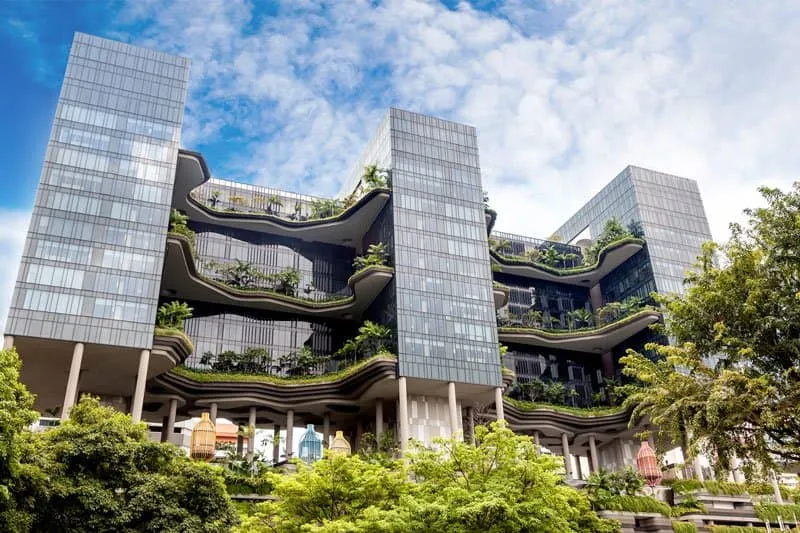 Kira Virzhé: The Relevance of Ecological Design Will Continue to Grow
Kira Virzhé: The Relevance of Ecological Design Will Continue to Grow Kitchen and Bathroom Renovation
Kitchen and Bathroom Renovation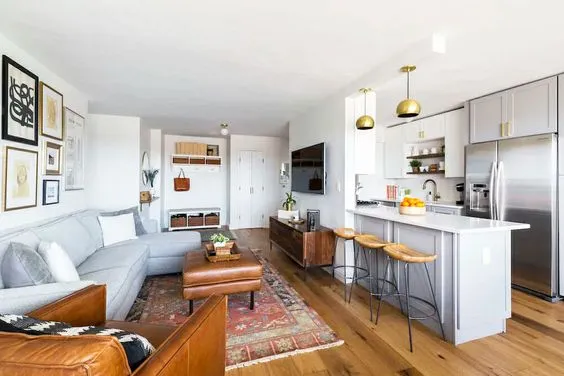 Kitchen with Living Room: Design Ideas
Kitchen with Living Room: Design Ideas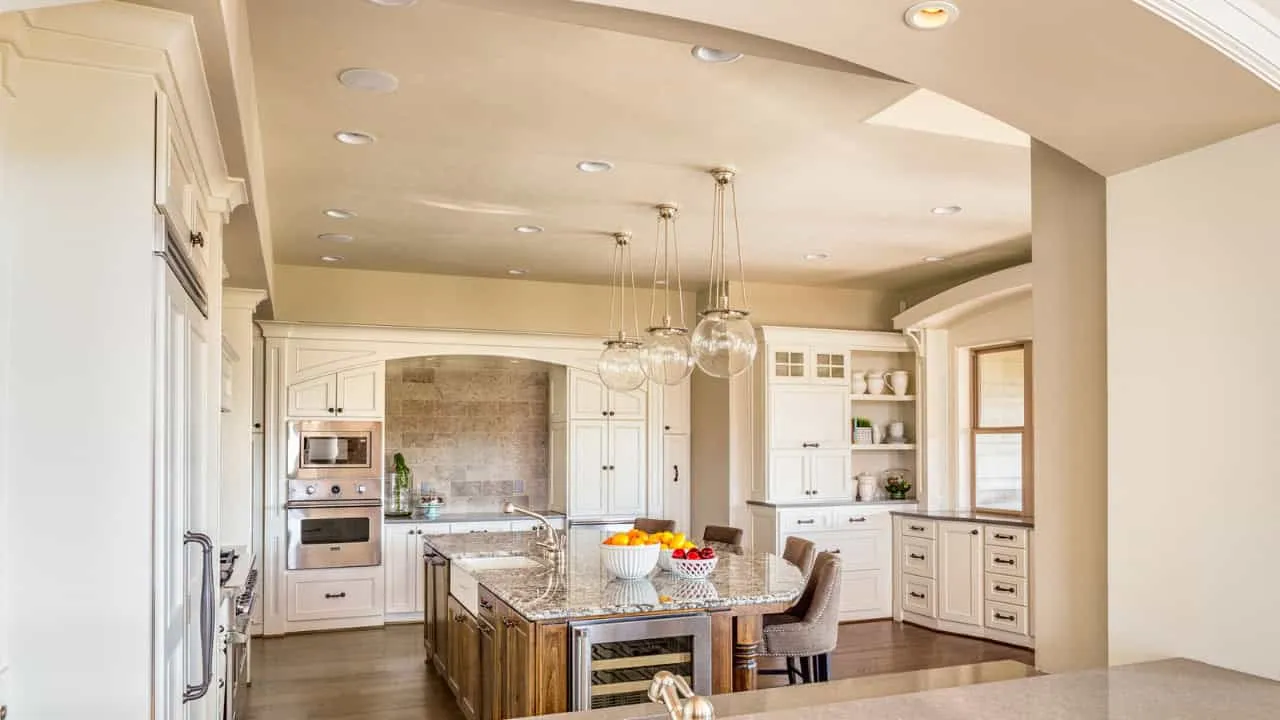 Kitchen Island with Wine Cooler: The Perfect Addition for Your Home
Kitchen Island with Wine Cooler: The Perfect Addition for Your Home Kitchen Lights - How to Choose the Best Model
Kitchen Lights - How to Choose the Best Model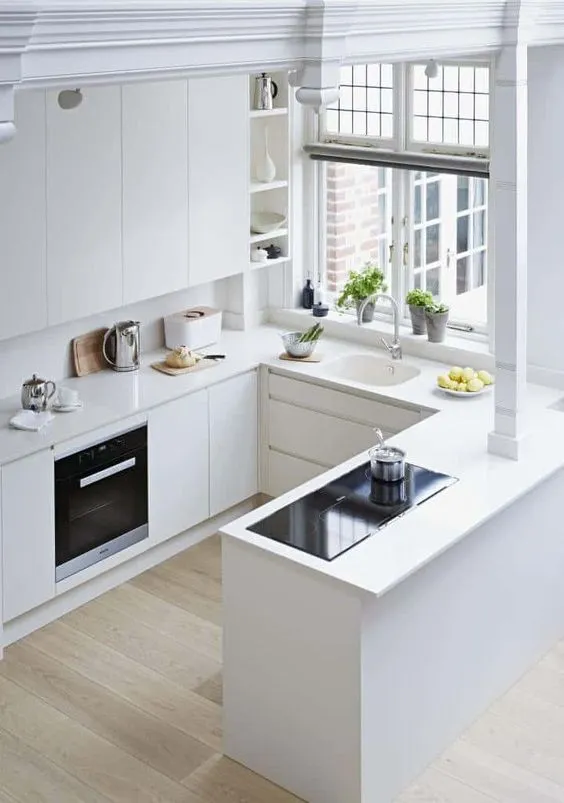 Kitchen Plan: Everything You Need to Know About Different Interior Types
Kitchen Plan: Everything You Need to Know About Different Interior Types Kitchen Tiles in Different Styles
Kitchen Tiles in Different Styles